All about statice and its cultivation
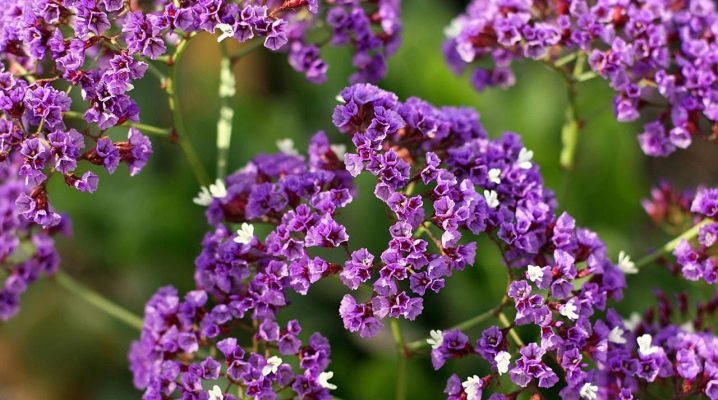
Quite a few growers are eager to learn everything about the statice and its cultivation, about obtaining attractive dried flowers. It is important to understand not only planting and care when growing outdoors. A significant role will be played by information about the statice of Gmelin and other perennial and annual varieties, about how to use kermek in a flower bed and in other places from a design point of view.
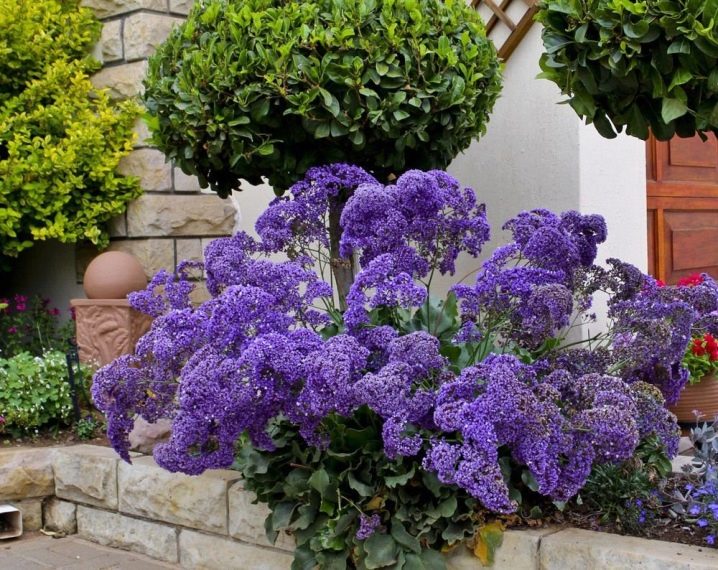
general description
Lovers of a plant like limonium should definitely take a closer look at a statice that is very similar to it. The difference is that in this culture the inflorescences are noticeably smaller. They are colored purple by default. It is worth noting that the correct dictionary spelling of the infinitive is precisely "statice" and not "statice" - just such a name was given to the genus by none other than Karl Linnaeus himself. At the same time, the latter is more familiar and is used everywhere today.

However, in modern botanical terminology, Kermek is considered a more correct name. And again, not everything is so simple - the historical "statice" is related only to the notched (notched-leaved) kermek; it does not correspond to other representatives of the Kermek genus, of which there are only 165 to 350. Higher levels of taxonomy - the Lead family and the order of cloves - do not raise questions. Distant relatives of statice (in the order of cloves) can be considered:
-
buckwheat;
-
spinach;
-
sorrel;
-
Carnation;
-
amaranth;
-
quinoa;
-
Cactus;
-
purslane;
-
tamarisk;
-
sundew.
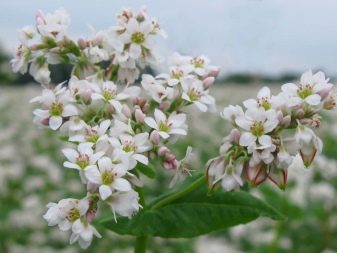


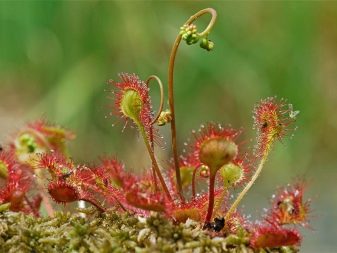
However, for practical purposes, for the sake of simplicity, flower growers generally do not distinguish between Kermek and Statice. Kermek is a notched native to the Mediterranean region, including the Asia Minor and northern Africa. It grows mainly as a cultivated plant. Only in some cases does it run wild, especially in the North Caucasus and the western United States.
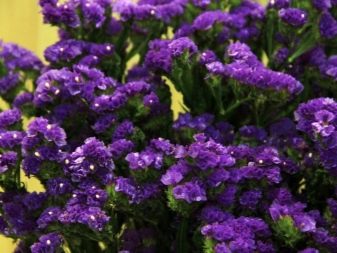
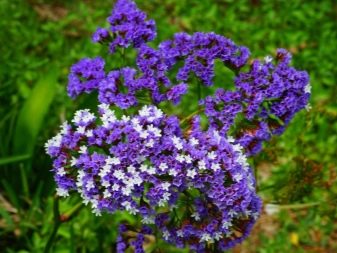
The main life form is perennial grass, and it is this circumstance that determines how the plant looks.
For him, pinnate leaves are typical. The blades on the sides are actively rounded. Basically, foliage is grouped in basal rosettes. Small flowers have a five-membered structure. A dry cup of these colors looks like a wheel painted in a variety of tones.
The flowers themselves are concentrated in spike-shaped groups. And already these groups are part of paniculate or scutellum-like inflorescences. The fruit of the statice is an obovate capsule containing seeds. Flowering begins in July until the end of October. The root reaches a great length, and this must be borne in mind when growing a plant.
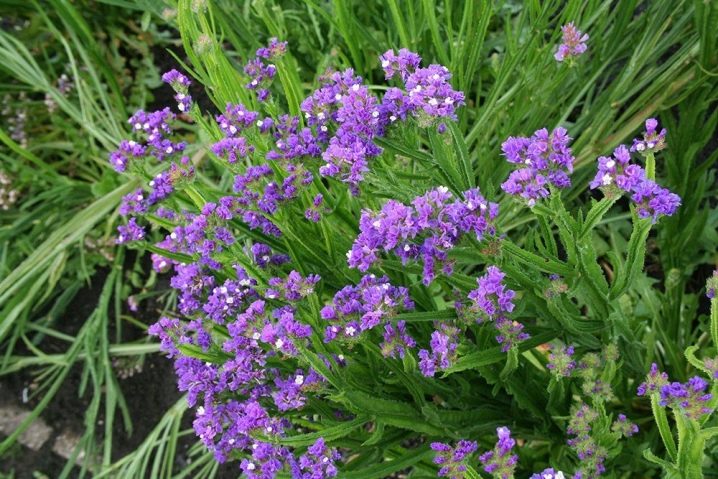
Types and varieties
Statice is one of the popular dried flowers. However, it is customary to divide it into a number of varieties. The already mentioned notched type reaches a height of 60 cm.Its flowers have a maximum cross-section of 1 cm. Flower cups can be colored in:
-
White;
-
pink;
-
blue (mixed with purple) colors.

The foliage is painted in a dark green tone. Waviness is noticeable along the edge of the leaves. Flowering covers the second half of summer, sometimes the beginning of September. By default, it is a perennial species, but in Russian conditions it is used as an annual crop. Such a plant is very light-requiring.
The broadleaf statice grows up to 0.8 m. When in bloom, it is a graceful ball of bright colors. The length of its leaves is 15 cm maximum. They are characterized by a blue or purple color.The flowering period is up to 50 days.
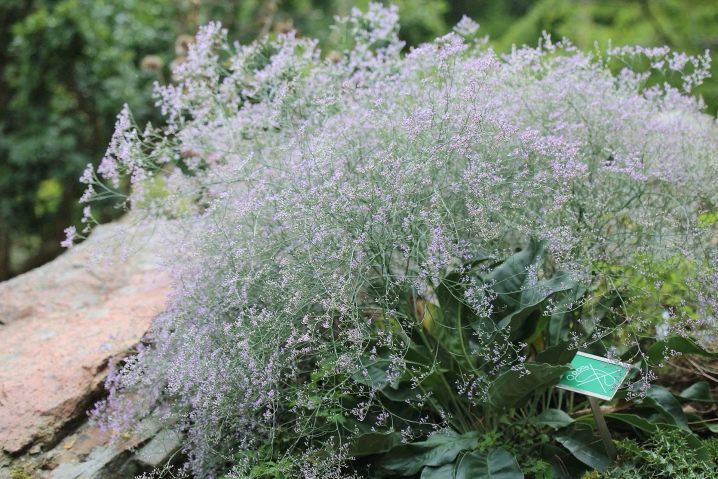
The statice is a plant that blooms throughout the summer. Small purple flowers are typical for him. They are grouped in corymbose inflorescences. This species is not particularly tall. The leaves are visually similar to an egg.
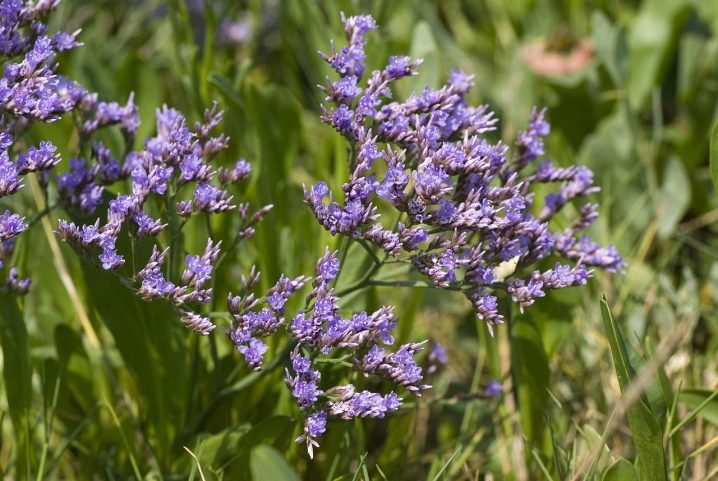
Kermek Gmelin naturally inhabits arid, saline areas. You can see it in the steppe regions of the European part of Russia and Siberia. But the area of the plant is much wider, it also includes Mongolia, China in the east, and the center of Europe in the west. Lilac petals are mainly characteristic, much less often they have a white color. In basal rosettes, gray-green leaves develop.
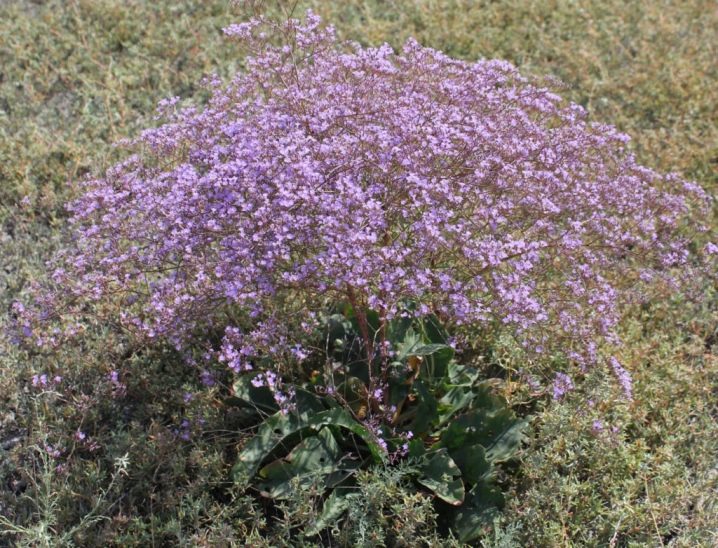
For the Crimean statice, a violet color is characteristic. And also it can have a yellow or white color. Plant height ranges from 0.3 to 0.8 m. This is a typical annual. It can be grown on any garden soil.
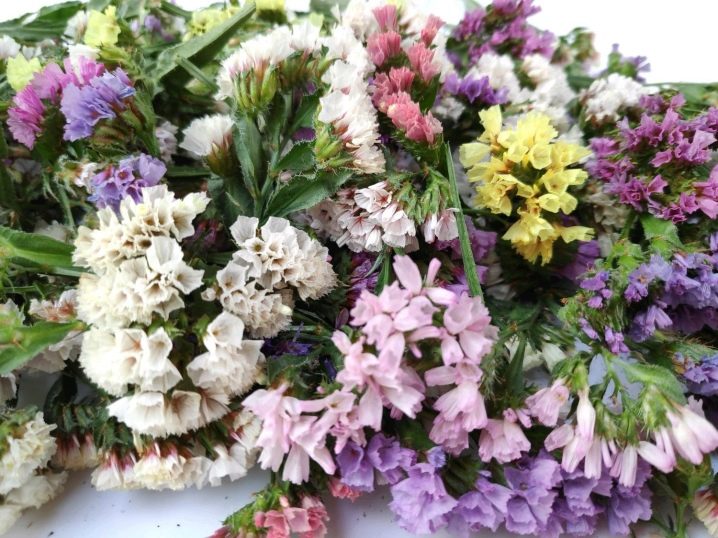
For a blue or yellow color, the Supreme variety is praised. This is a dried flower that is often found in practice. Its flowers preserve their decorative effect for a long time, even apart from the plant itself. Flowering is extremely abundant, starts around the middle of summer and does not end until frost. In addition to the flowers mentioned, this plant may also have a blue or carmine color; its height is no more than 0.6 m.
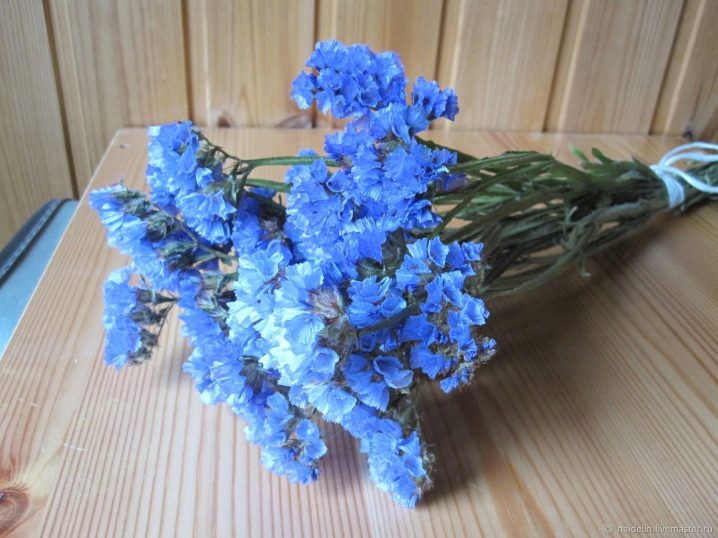
Statice Germanic perennial is even lower. Plants of this variety grow up to a maximum of 0.4 m. They are cultivated for cutting and drying. The variety tolerates frosty and arid conditions. White flower cups are characteristic.
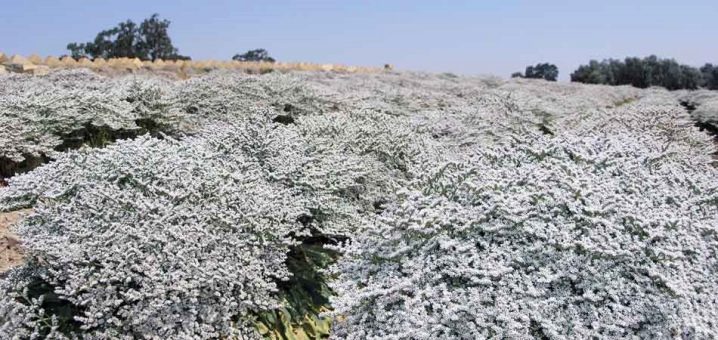
The stems of the Blue North rise up to 80 cm. Small flowers develop on them. They, in full accordance with the varietal name, are painted in a bright blue tone. The plant was created by Dutch breeders. Inflorescences resemble shields in shape.
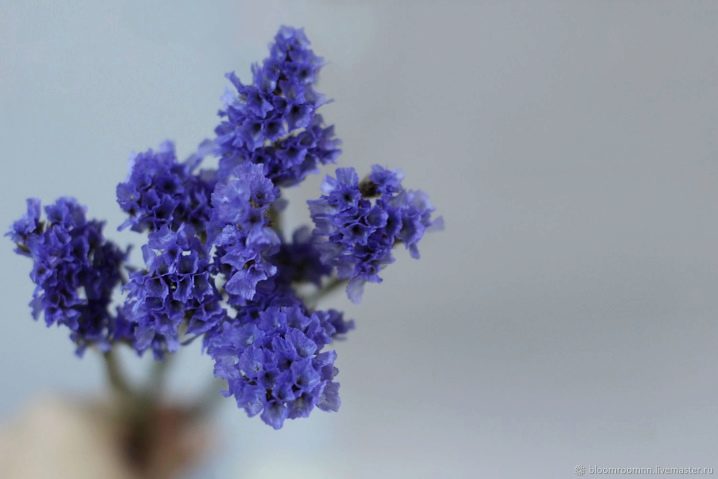
For decorativeness, the statice Kvis is praised. Formally, this is a perennial, but, again, it is cultivated as an annual. The main application is cutting and drying. The plant is very unpretentious. It perfectly survives dry and frosty periods, forms inflorescences up to 12 cm in size.
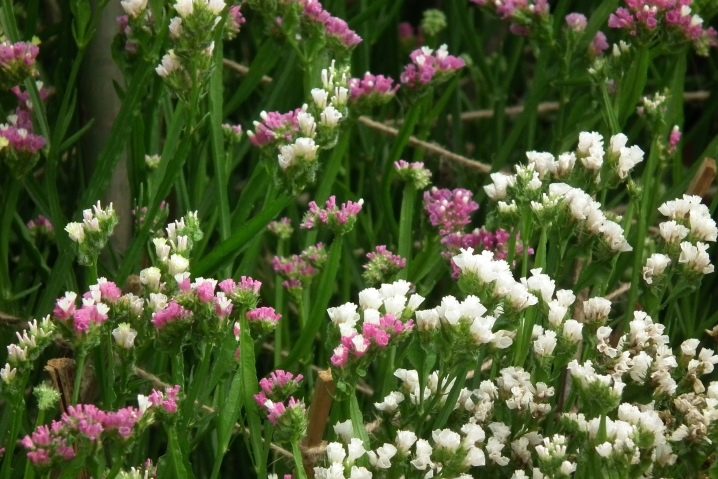
The broadleaf kermek is no longer a variety, but a separate species. Its height varies from 65 to 75 cm. For a long time this culture was used as a simple dried flower. Most of the flowers have a rich lavender-blue color. The leathery leaves are like an oblong ellipse, flowering in July and August.
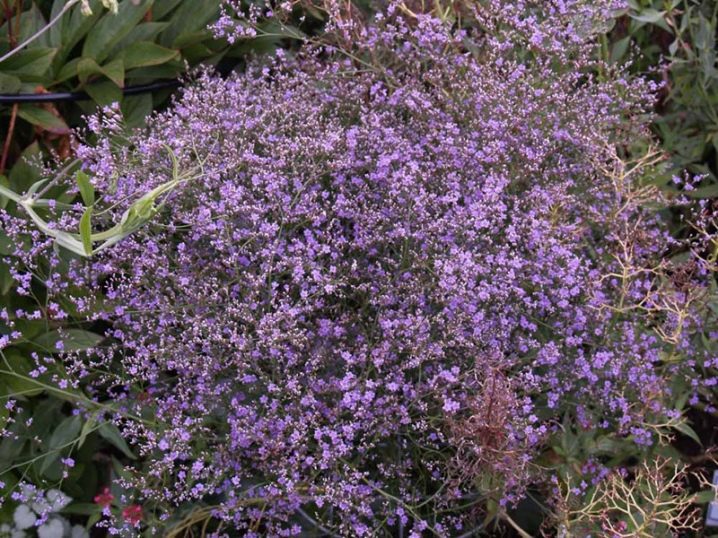
Perez's statice grows naturally in the Canary Islands. It was there that she was first mastered in culture. Shoot height reaches 60 cm. Large purple inflorescences look very attractive. The flowers are large and have a lilac tone.

More recently, Chinese kermek have been cultivated. The height of such a plant is from 50 to 70 cm. It can be grown even in the middle lane, but exclusively as an annual. The inflorescences look as if they were sewn from thin lace. They are composed of small white or cream colored flowers.
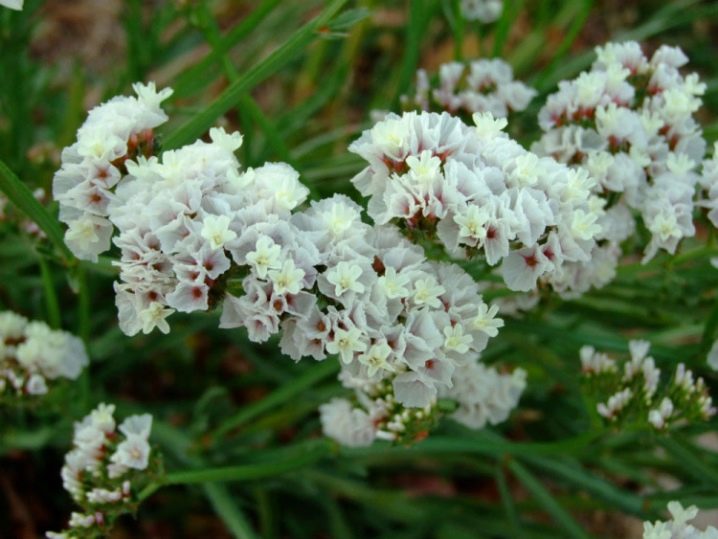
Landing
Cultivating statice is very difficult even for experienced people. It is recommended to stratify the planting material for good germination. The seed coat is treated with emery. The seeds are soaked in Epin for several hours. In order not to buy it, you can keep the seeds in moistened sawdust for 2 or 3 days.
It is advisable to sow kermek for seedlings in a universal soil mixture.
It is placed in separate peat cups, and then spilled with clean water. The use of separate containers makes it possible to abandon the picking, which is extremely difficult for this plant. Seeds should be placed on the soil surface without burying. Sprinkle them on top with a thin layer of earth. Additional covering with polyethylene and holding indoors at 16-21 degrees is practiced.
Compliance with the conditions is most critical in the first 14-20 days after sowing. It is necessary to take care of the seedlings in about the same way as for the shoots of other garden plants. Airing and loosening of seedlings, systematic watering are imperative. Hardening is carried out gradually. Transplanting into open ground should take place only after the complete completion of the night frosts.
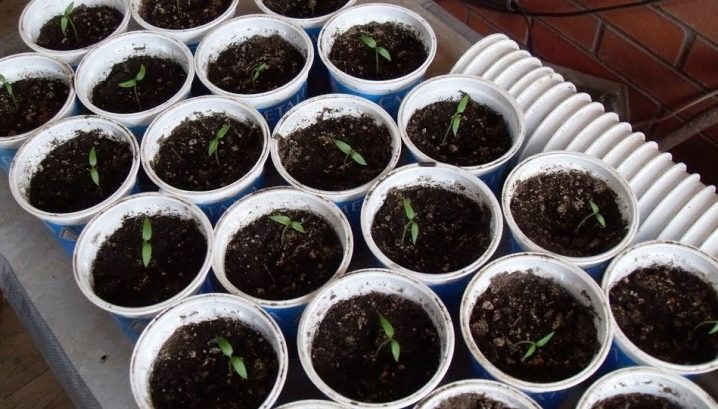
Care
Watering
The statice after rooting in the open field is unpretentious. You don't need to water the plant too often to grow it. Only in extreme heat is it necessary to reduce the interval between irrigations to 45 days. You should use warm, settled water, which is poured under the root in the evening hours. The cultivation of kermek implies, however, one specific watering with water, in 10 liters of which 180 g of salt is dissolved.
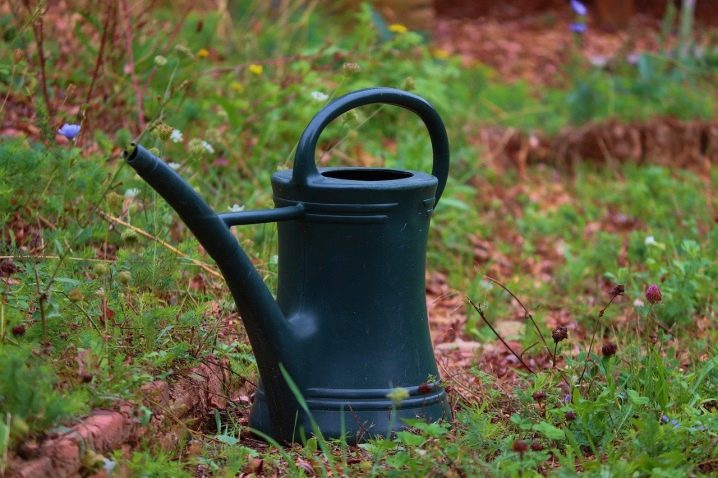
Top dressing
The attractiveness of the statice at home is largely due to the low need for fertilizers. By and large, they are needed only with insufficient soil productivity. In such cases, it is necessary to feed the culture within 5-7 days after disembarking at the final place. In the summer months, fertilizers are used at intervals of 2-5 weeks.

With the onset of calendar autumn, the amount of dressings is gradually reduced to zero.
Reproduction
Kermek cannot be propagated vegetatively. The reason is the extreme weakness of the root complex. You will have to work very carefully. Seedlings are started at the usual time for summer crops, that is, from February 20 to March 31.
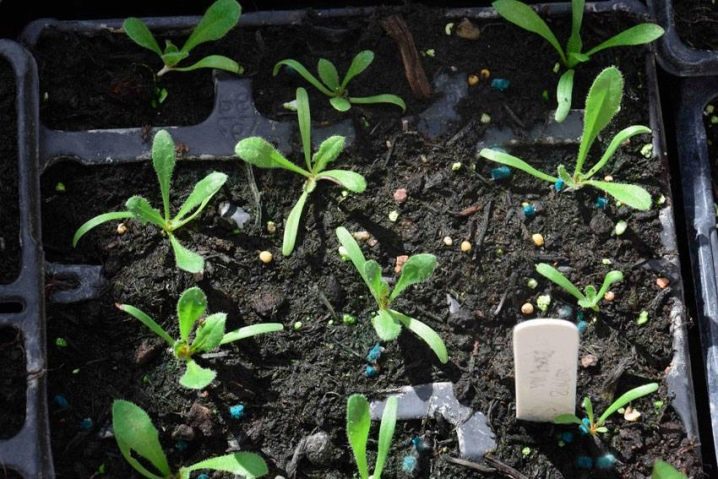
Important: if the statice blooms at the seedling stage, it is better to get rid of the excessively early flowers.
The cultivation of annual and perennial varieties is the same (especially since in the domestic climate they are all annuals):
-
it will take about a week to wait for seedlings under film or glass;
-
picking is carried out in the phase of 2-3 true leaves;
-
peat pots are recommended for diving;
-
it is advisable to grow seedlings until September;
-
when disembarking to the final place, an earthen lump should be protected;
-
the plant just planted there will have to be thoroughly watered.
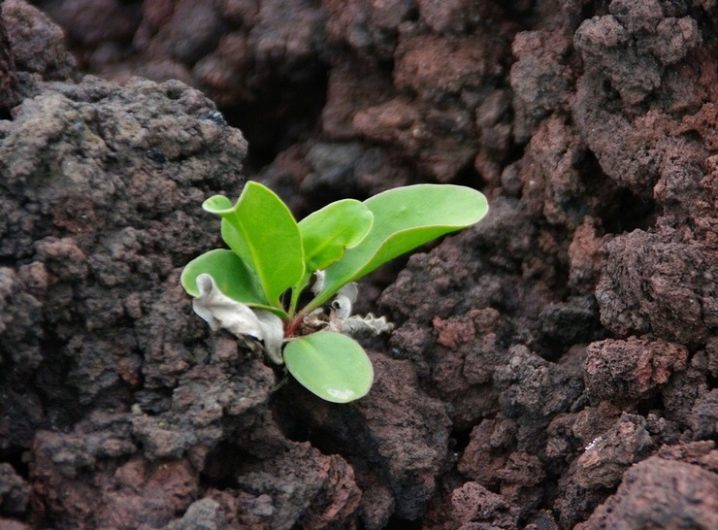
Diseases and pests
Kermek can suffer from harmful insects and a number of infections. In case of prolonged rains, damage by Botrytis is likely. Sometimes it is associated with irrigation errors. The cure of the disease is possible only with professional fungicides. Strict adherence to the water regime helps to avoid relapse.
Sometimes statice is attacked by mold and rot of various nature. In this case, reagents with a high sulfur concentration must be used immediately. Subject to the norms of agricultural technology, there is almost no danger. Washing with a strong soapy solution with the inclusion of alcohol helps to get rid of aphids.

Important: it is necessary to spray the stream onto the bush from the bottom up.
Application in landscape design
Kermek is a frequent visitor to a flower bed, especially if it is planted around a circle or on a perimeter of a different shape. Perennial specimens are especially graceful. The decorative effect is even higher for group plantings. Statice can be an excellent filling of alpine slides and rock gardens. Finally, this plant is a stable participant in mixborders.

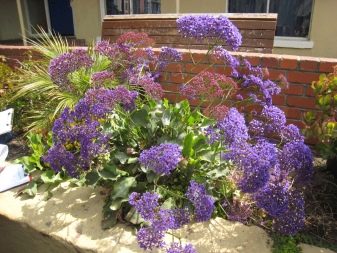
How to dry properly?
Flowers and foliage are pre-straightened. If some of the petals are stuck together, they are separated with a cotton swab. Then they keep the plants between layers of parchment paper. Final drying usually takes place on a herbarium grid. In order not to buy it, you can pull a net with cells with a maximum size of 15x15 mm on the frame.
A thin paper that can absorb water is placed on top of the frame. The second frame is attached to the first with clamps. After high-quality drying on such a structure, the flowers must be attached to thick paper sheets. Air drying usually means hanging. An alternative method is to cut off fully blooming inflorescences before the first flowers have faded, and drying in bunches of 10-15 pieces.
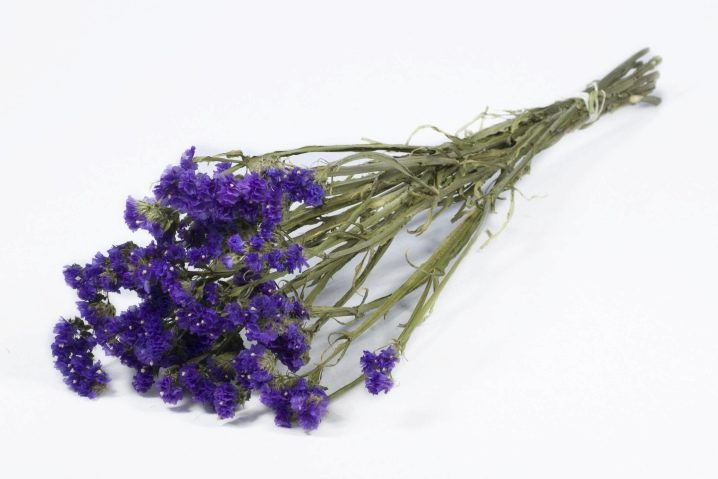







































































































The comment was sent successfully.